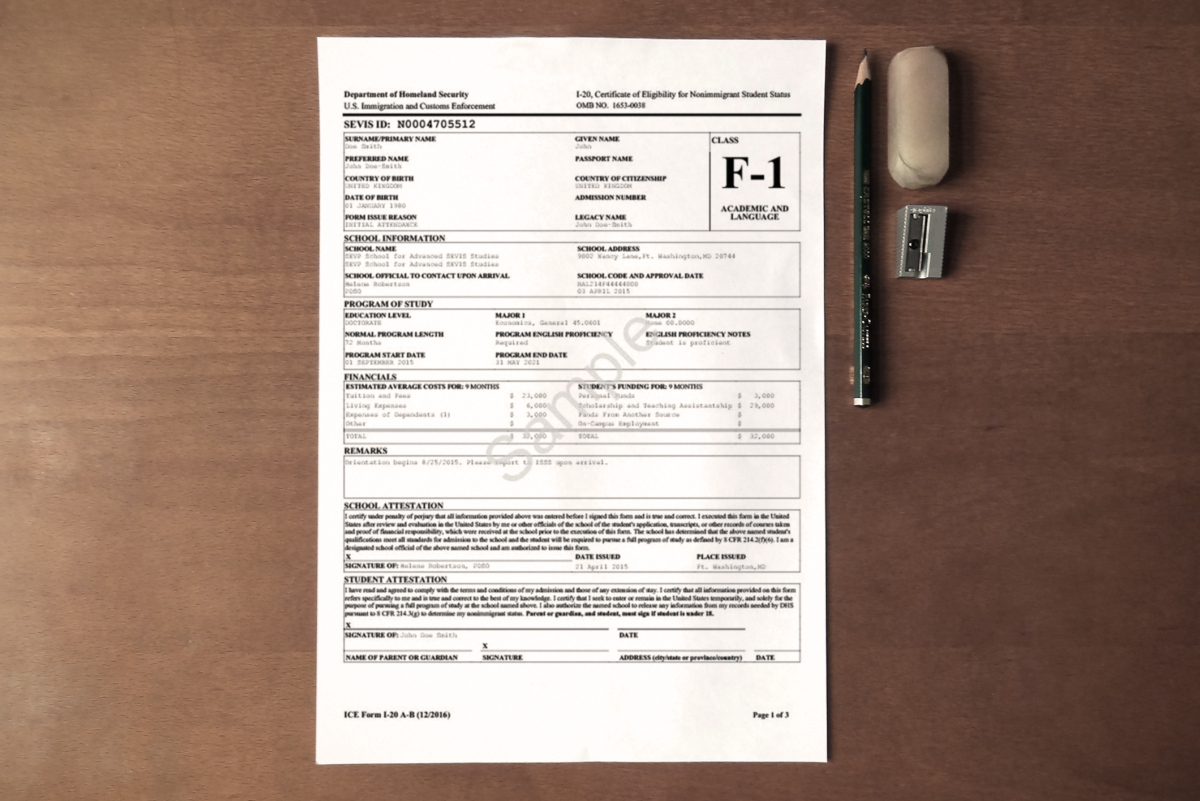Curricular Practical Training (CPT) refers to work or training that directly relates to one’s field of study. CPT is designed to give International students practical application to subjects taught in their course of study. Through this program, International students are able to get a job in the United States that directly relates to their field of study, and work for a duration of their academic program.
F-1 students can work up to 40 hours per week in CPT jobs, earn regular wages, and use the money to supplement their life styles. In some institutions CPT is an optional program where students can opt take part in, while other institutions require CPT as an integral part of their program required for graduation. It should be noted that CPT should be viewed as an academic program and not an employment program.
If you are interested in CPT (Curricular Practical Training) The first step is to find an appropriate College or University who offers CPT as part of their curricullum. Please note: Not alls schools, and not all programs have CPT as an option. Do your do-diligence when it comes to research. Lemon Tree Global is also happy to assist in locating a school that would fit your CPT needs.
How does the process work when it comes to preparing, being hired, and working with a US company.
- Connect with program directors, Deans, Career Service advisors, and/or International Student Office (ISO) advisors to better understand the requirements of your specific CPT program. Working with out proper authorization is against the law and can result in your SEVIS status being terminated for unlawful employment.
- Create professional documents to assist in gaining employment (resume, cover letter, Linkedin account)
- List and narrow down job interests
- Create an effective Job Search Plan
- Begin you job search and interviewing
- After being hired. Work Hard! Work Smart! and Enjoy the learning process.
What do you do once you have received a job offer?
The next step is to work with the International Student Office (ISO) to update your form I-20 adding your new employment details.
Never begin working for CPT without proof that your Form I-20 has indeed been updated. There have been situations, where the students have been terminated for unlawful employment because they thought that the DSO (designated school official) had updated their employment, but had not.
To be approved for CPT, a student must submit an official letter (or letters) from the prospective employer containing the following:
How Long Can I work on CPT?
This depends on what your specific school allows. If you are interested in applying for OPT (optional practical training) you should not work more than 12 months full time. “If you have 12 months or more of full-time CPT, you are ineligible for OPT, but part-time CPT is fine and will not stop you from doing OPT.” https://www.ice.gov/sevis/practical-training Even if you work 12 months and 1 day (52 weeks +1 day) your application will be denied. Be careful, count the days, and you have no need to worry.
If you are interested in applying for OPT following your graduation it is important that you keep track of how long you are working full time on CPT. If you exceed 12 months (52 weeks) you will forfeit your ability to apply for OPT.
PART TIME Employment: There are NO LIMITS for the length a student can engage in part time employment .
Full Time= 21 or more hours per week.
Part Time= 20 or less hours per week.
Can I combine full-time and part-time? Yes you certainly can.
Can I work in a different state than where my school is located?
This will vary greatly on your school requirements. Contact your schools ISO for more specific details.
What about International companies located out of the USA? If you are working with an international company out of the USA that relates to your degree program you will be able to receive CPT points. You will not need to update your I-20, but will need to provide the ISO (International Student Office) with a copy of your job offer and description in order to receive points for CPT reporting.
How does an International Student applying for a Social Security Number
After your job offer letter has been reviewed and approved you will receive an updated Form 1-20 with CPT work authorization. You must take your updated Form I-20, Job offer/description, I-94 Form, Passport/Visa and a completed SS-5 application to the Social Security Office. Your completed documents will then reviewed, and a request for a SSN will be requested. Your Social Security Card will then be sent to you in the mail. This will take between 2 to 4 weeks to receive your social security card.
After receiving your social security card bring it in to the ISO to update your student information.
More information about Social Security Cards and International Students. HERE
1. What taxes should I be paying? As an F-1 student you are required to pay State and Federal Taxes. Social Security and Medicare taxes on the other hand are not required of you. See the following links.
IRS on F-1 visa holders and taxes
2. What is a 1098T? This document is a very useful document which will potentially save you hundreds if not thousands of dollars when filing your taxes. 1098T Tuition Statement provides tax credits based off the amount of tuition paid during the previous school year. This document can be printed in your Student Portal as long as the school has an updated Social Security Number on file.
Emloyers and CPT:
Benefits of Partnering with Stevens-Henager
There are many great reasons why an organization would want to work with any college or university. Campuses are full of driven learners that can impact your organization.
Diversified Workforce
With students from many countries International Students bring with them a culture of understanding, innovation, and passion to succeed. Each student has a unique background that can add to your organizations culture.
ATTENTION: This article not meant to be legal counsel. Should you need such counsel connect with the proper legal counsel.





